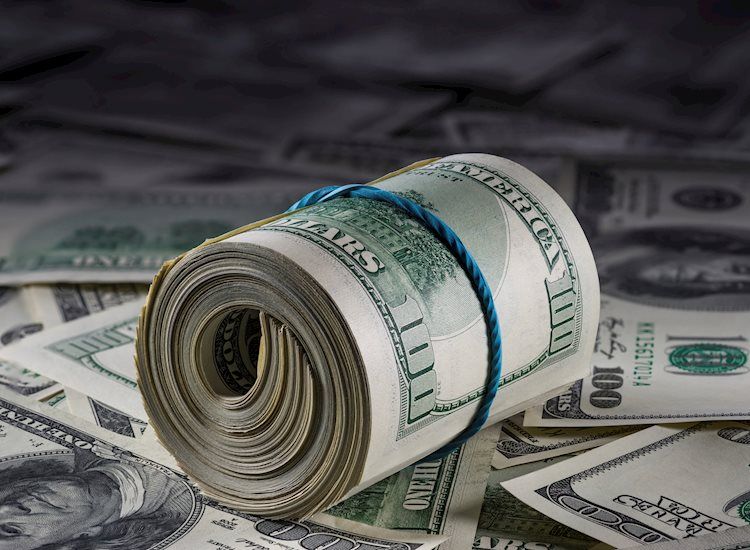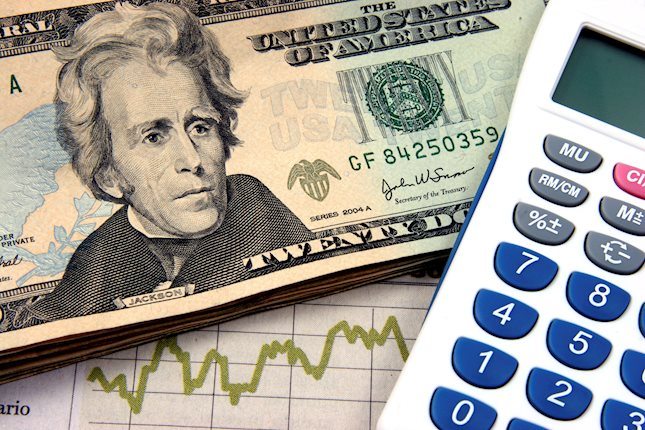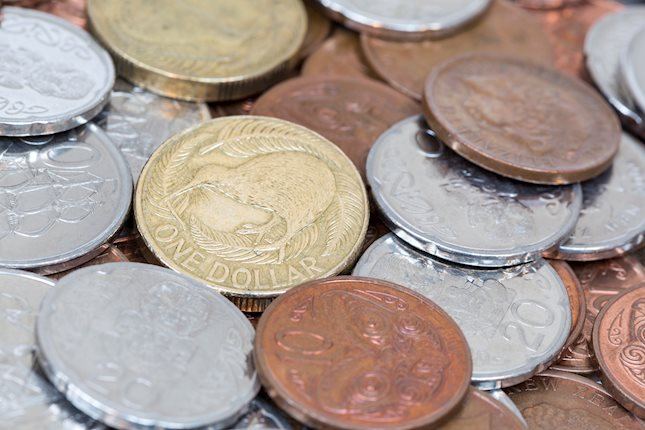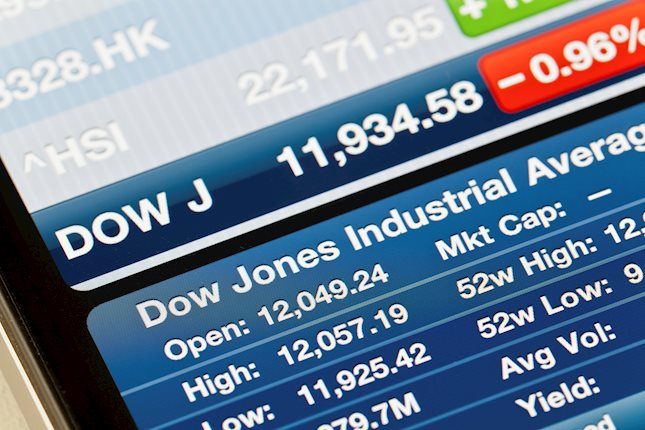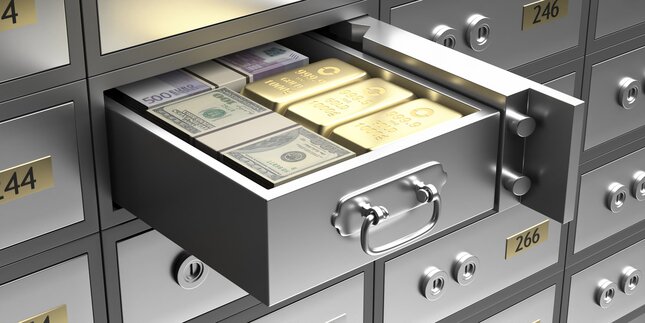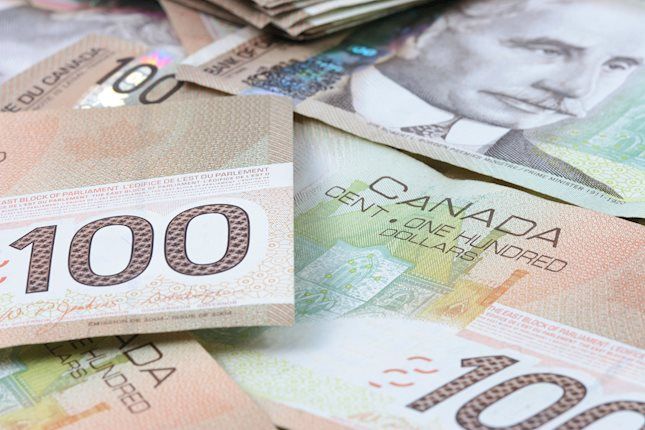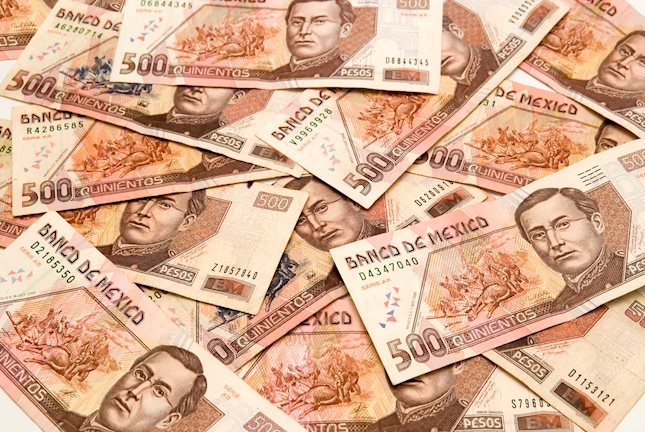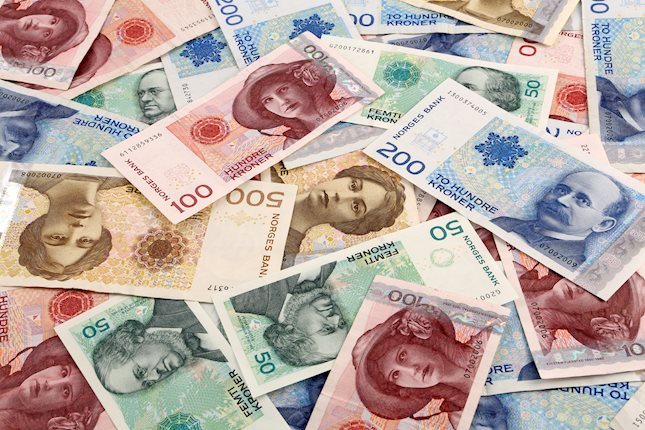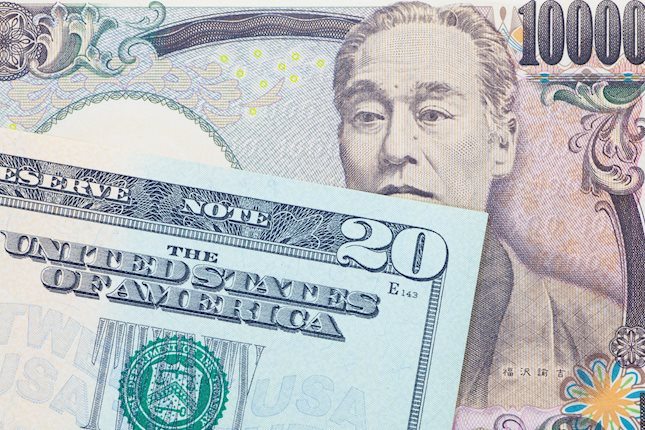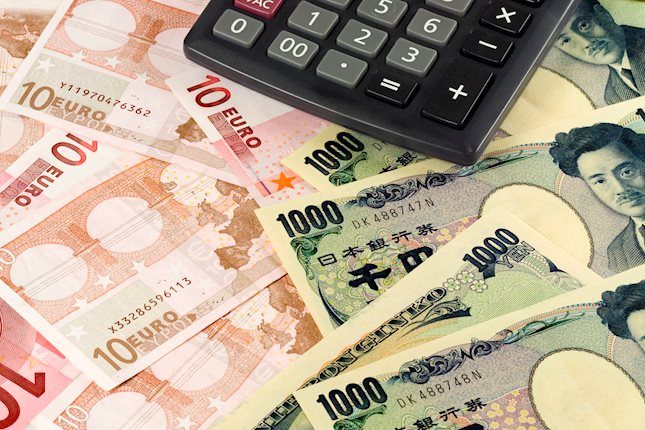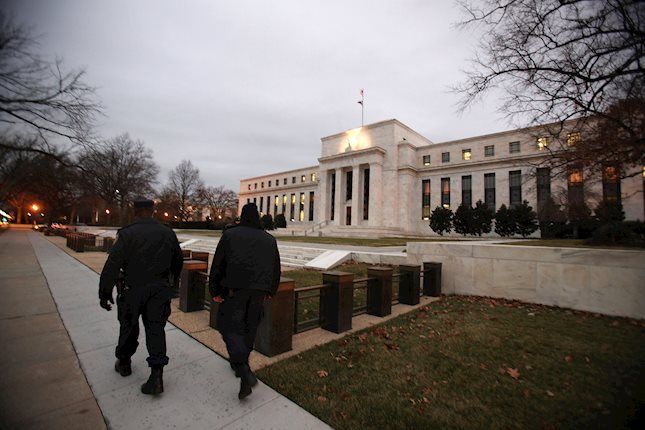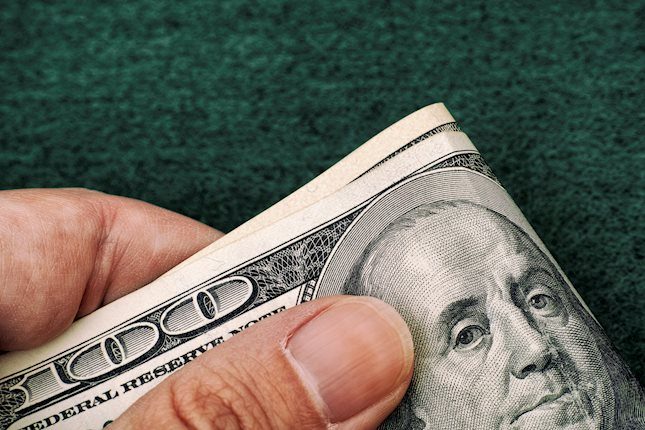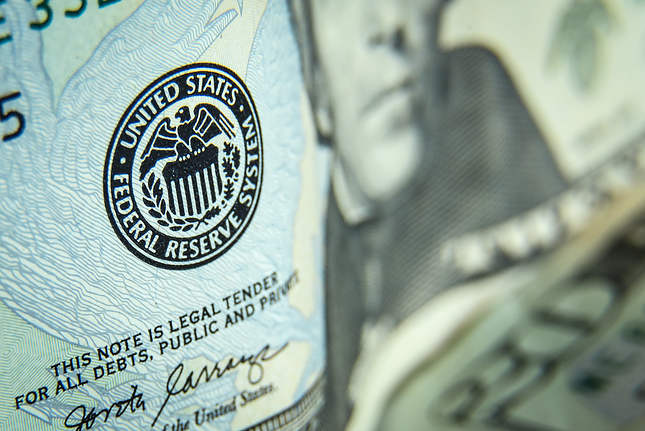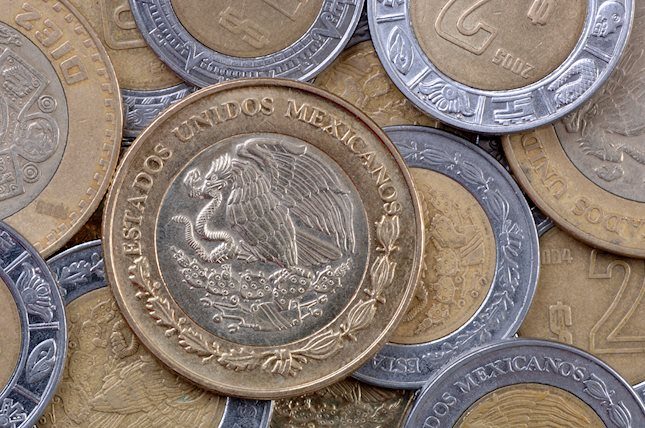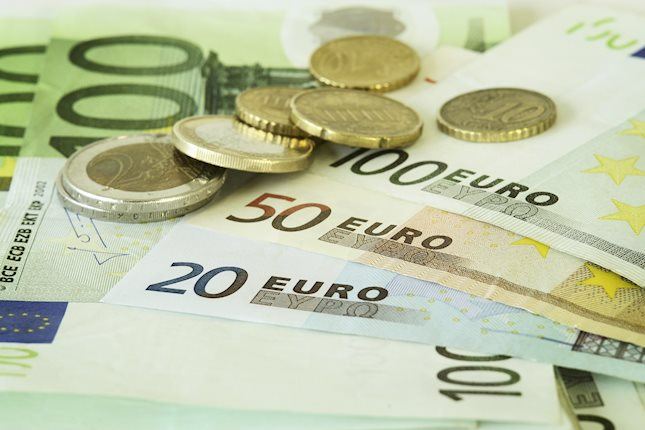US Dollar heads back to flat as dust settles over US GDP and PCE print
- The US Dollar stronger after US GDP print.
- GDP is a miss, though very hot PCE and Price Index numbers are painting inflation pressure.
- The US Dollar Index erases earlier losses.
The US Dollar (USD) is retreating from its earlier peak after upbeat Personal Consumption Expenditures (PCE) print and upbeat Price Index numbers under the umbrella of the Gross Domestic Product (GDP) release. These elements ahead of the US PCE release on Friday could mean that a rate hike need grows further after already a hot print from the Consumer Price Index (CPI) print two weeks ago. This raises the question if the Federal Reserve will need to hike first before starting to cut.
On the economic data front, the dust can settle now on this GDP print and looking forward now to the remaining Pending Home Sales numbers and the Kansas Fed Manufacturing number. Should that Manufacturing number fall further into contraction as seen with the S&P Purchase Manager Index numbers earlier this week, that could ease the uptick in the US Dollar Index (DXY) seen after the US GDP print.
Daily digest market movers: weaker GDP back in focus
- A big slew of datahas been released at 12:30 GMT:
- Weekly Jobless Claims:
- Initial Claims for the week ending on April 19 came in at 207,000, stronger than the previous 212,000.
- Continuing Jobless Claims for the week ending on April 12 came in stronger as well at 1.781 million against 1.796 million previous.
- US Gross Domestic Product preliminary reading for Q1:
- Headline GDP sank from 3.4% to 1.6%.
- Headline PCE went from 1.8% to a hot 3.4%.
- Core PCE moved the same as the Headline, from 2% to 3.7%.
- GDP Price Index went from 1.7% to 3.1%.
- Wholesale Inventories went into contraction from 0.4% to -0.4%.
- Weekly Jobless Claims:
- Monthly Pending Home Sales are expected to increase by 0.3% in March against the previous reading of 1.6%.
- The Kansas Fed Manufacturing Activity for April is set to be published at 14:30 GMT. The previous figure for March was at -9, with no forecast available for April data.
- Equities are nosediving on the back of this hot US GDP print where clearly inflation forces are growing at large, and will need to see rates steady for longer. Equities are falling out of bed with the Nasdaq down nearly 2%.
- The CME Fedwatch Tool suggests there is an 83.1% probability that June will still see no change to the Federal Reserve's feds fund rate. . Odds of a rate cut are broadly at 50%-50% for July, while for September the tool shows a 70% chance that rates will be lower than current levels.
- The benchmark 10-year US Treasury Note trades around 4.72% the high of this week.
US Dollar Index Technical Analysis: Any cuts at all?
The US Dollar Index (DXY) is forming a bearish pattern which often preceds a substantial correction in prices. For a third day in a row, lower highs and lower lows are being printed on the daily chart. This points to relentless selling and builds up pressure for more downside, which can only be halted by strong pivotal support levels.
On the upside, 105.88 (a pivotal level since March 2023) needs to be recovered again before targeting the April 16 high at 106.52. Further up and above the 107.00 round level, the DXY index could meet resistance at 107.35, the October 3 high.
On the downside, 105.12 and 104.60 should act as support ahead of the 55-day and the 200-day Simple Moving Averages (SMAs) at 104.37 and 104.07, respectively. If those levels are unable to hold, the 100-day SMA near 103.70 is the next best candidate.
Fed FAQs
Monetary policy in the US is shaped by the Federal Reserve (Fed). The Fed has two mandates: to achieve price stability and foster full employment. Its primary tool to achieve these goals is by adjusting interest rates. When prices are rising too quickly and inflation is above the Fed’s 2% target, it raises interest rates, increasing borrowing costs throughout the economy. This results in a stronger US Dollar (USD) as it makes the US a more attractive place for international investors to park their money. When inflation falls below 2% or the Unemployment Rate is too high, the Fed may lower interest rates to encourage borrowing, which weighs on the Greenback.
The Federal Reserve (Fed) holds eight policy meetings a year, where the Federal Open Market Committee (FOMC) assesses economic conditions and makes monetary policy decisions. The FOMC is attended by twelve Fed officials – the seven members of the Board of Governors, the president of the Federal Reserve Bank of New York, and four of the remaining eleven regional Reserve Bank presidents, who serve one-year terms on a rotating basis.
In extreme situations, the Federal Reserve may resort to a policy named Quantitative Easing (QE). QE is the process by which the Fed substantially increases the flow of credit in a stuck financial system. It is a non-standard policy measure used during crises or when inflation is extremely low. It was the Fed’s weapon of choice during the Great Financial Crisis in 2008. It involves the Fed printing more Dollars and using them to buy high grade bonds from financial institutions. QE usually weakens the US Dollar.
Quantitative tightening (QT) is the reverse process of QE, whereby the Federal Reserve stops buying bonds from financial institutions and does not reinvest the principal from the bonds it holds maturing, to purchase new bonds. It is usually positive for the value of the US Dollar.
Forex News
Keep up with the financial markets, know what's happening and what is affecting the markets with our latest market updates. Analyze market movers, trends and build your trading strategies accordingly.
